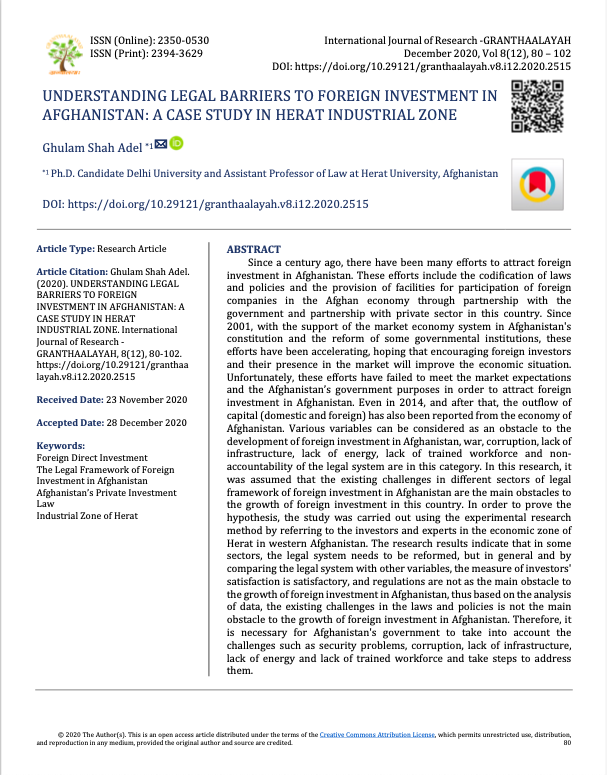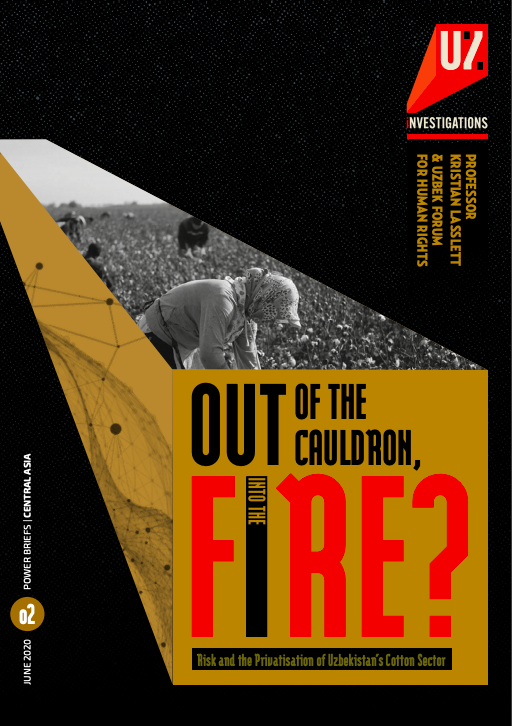Stakeholders interest and influence and their interactions in managing natural resources in Lake Hawassa Catchment, Ethiopia
This study was conducted in Lake Hawassa catchment, Ethiopia where policy programs are aiming to restore degraded lands with participation of local stakeholders. We assessed the system in relation to natural resource management and degradation using the Intergovernmental Platform on Biodiversity and Ecosystem Services (IPBES) conceptual framework and conducted a stakeholder analysis to understand stakeholder interest, influence and interactions amongst the different categories of stakeholders. Data were collected using key informant interviews, field observation and a literature review.




